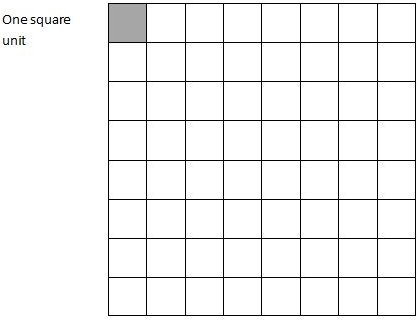
You can ask students to measure a section of the classroom, then measure it. Students use tape to measure specific areas within the classroom.They count the perimeter and calculate the area of the entire classroom, using square foot units. Students tape the perimeter of the classroom, along the outer floor tiles.There are two ways students complete this activity: Students form teams to measure our classroom and its partitioned spaces. They aren’t the prettiest sight to see, but they are beneficial for area and perimeter teaching. The majority of my classrooms have floors of 1×1 square linoleum tiles. Now, it’s time for real-world application. Square colored tiles support the construction of area and perimeter within a miniature world. Explore Area + Perimeter with Tape and Floor Tiles The only caveat is to make sure students are using SQUARE post-its. These can be used to easily create visuals for anchor charts, bulletin boards, group work, and so much more.

You can easily add and remove square units as well! Post-It Note Area and PerimeterĪnother really concrete manipulative are square Post-It Notes! (And who doesn’t love a pop of color?) These are amazing for group discussions in particular because you can model and manipulate area and perimeter on the board. They can use different colors for different rooms and build their dream home floor, and find the area of each room and the entire floor plan.

Square color tiles are an excellent manipulative for finding area and perimeter as students build a floor plan. I’ve had classes where there is a massive range of student understanding of area and perimeter.įor students earlier in their mathematical development, you can continue to use square-colored tiles to create smaller arrays/areas and name them.Īre your students ready to apply their knowledge to more significant, creative thinking? It might be time to introduce floor plan design. They allow for easy, simple differentiation. Here’s another reason I love square colored tiles. Remove the inner tiles, leaving only the perimeter.Replace the outer tiles with a different color.Over the years, I’ve found there are two ways to emphasize perimeter versus area using square colored tiles: “If we only walked on the outer tiles, how many tiles would it take to walk around the entire rectangle?” Learning perimeter incorporates one-to-one correspondence and an understanding of arrays.Īs we move to building rectangles from square colored tiles and naming area, we begin to discuss perimeter. They require manipulatives that make it easy to identify the two. Some students have difficulty understanding the difference between area and perimeter. While I use many manipulatives to teach area, the tools for perimeter are surprisingly more limited. Students learn area, length, width, and square units. As students build arrays, I introduce related vocabulary words with those arrays. In the beginning, the concept of area doesn’t differ much from that of arrays in multiplication. Your students are ready to build on their understanding of arrays in multiplication. Here’s the best part: Using square colored tiles for arrays will effortlessly transition into their use for area. Most importantly, students can use one-to-one correspondence depending on their level of proficiency. Students can easily rearrange and pull apart the tiles. They are a direct visualization of equal rows or columns. I use square colored tiles to teach arrays. If you’re new here, you should know that square color tiles are a true favorite. Why? Simplicity and flexibility! A Great Manipulative for 1-1 Correspondence They are one of the first manipulatives I use in my area and perimeter units, and they tend to be a favorite among my students throughout. Square colored tiles are the holy grail of manipulatives. Introduce Area and Perimeter with Square Colored Tiles Take a read and decide which ones are best for your students. This list meets a range of learning needs.

Today I’ve compiled a list of my top five manipulatives for teaching area and perimeter with manipulatives. And there are some manipulatives I cannot teach without. That’s why I always use manipulatives to support conceptual understanding of area and perimeter.

Ready to kick-off your area and perimeter units with a bang? Teaching and learning real-world math requires scaffolds that break down big concepts.


 0 kommentar(er)
0 kommentar(er)
